
2 minute read
DISCOVER
from THREAD

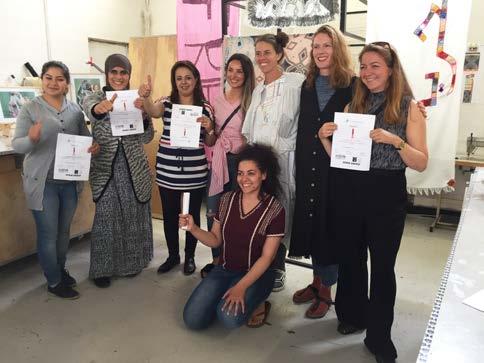
In 2016, the Innovation Fund Denmark (IFD) identified integration as a key challenge for refugees and their host countries and called for a ‘Grand Solution’. The United Nations High Commissioner for Refugees (UNHCR)’s five commitments to women refugees (2001) encourage the meaningful participation and economic empowerment of women. The Centre for Textile Research (CTR) at the University of Copenhagen responded to this call with an innovative idea for welcoming and integrating women refugees which recognises the knowledge, skills and potential they bring.
Government statistics in 2016 showed that most refugees came from Syria and, although there were fewer women than men seeking asylum, their numbers were significant (just over 3,000 in 2015). Of these Syrian women, most were young, aged 20 to 29 years. Nearly 1,000 individuals in this age group arrived in 2015. Many women refugees seek to enter the labour market for the first time on arrival in their new country. There are older women too (approximately 500 women aged 40 to 50 years settled in Denmark in 2015), who were likely to have relevant transferable skills. Refugees rarely carry diplomas and documents proving their competences but nevertheless have knowledge, skills and capacities which are relevant for the Danish design, textiles and fashion industries. The THREAD network aimed to find ways of identifying refugees’ textile-related capacities, encourage them to be creative, build their confidence and showcase their skills.

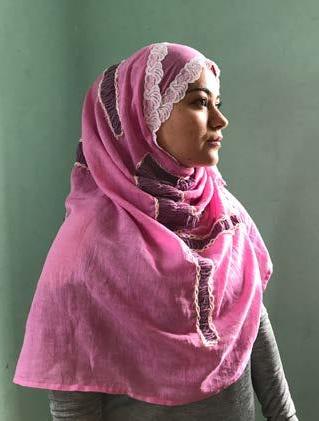
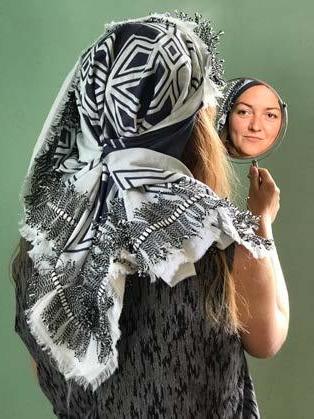
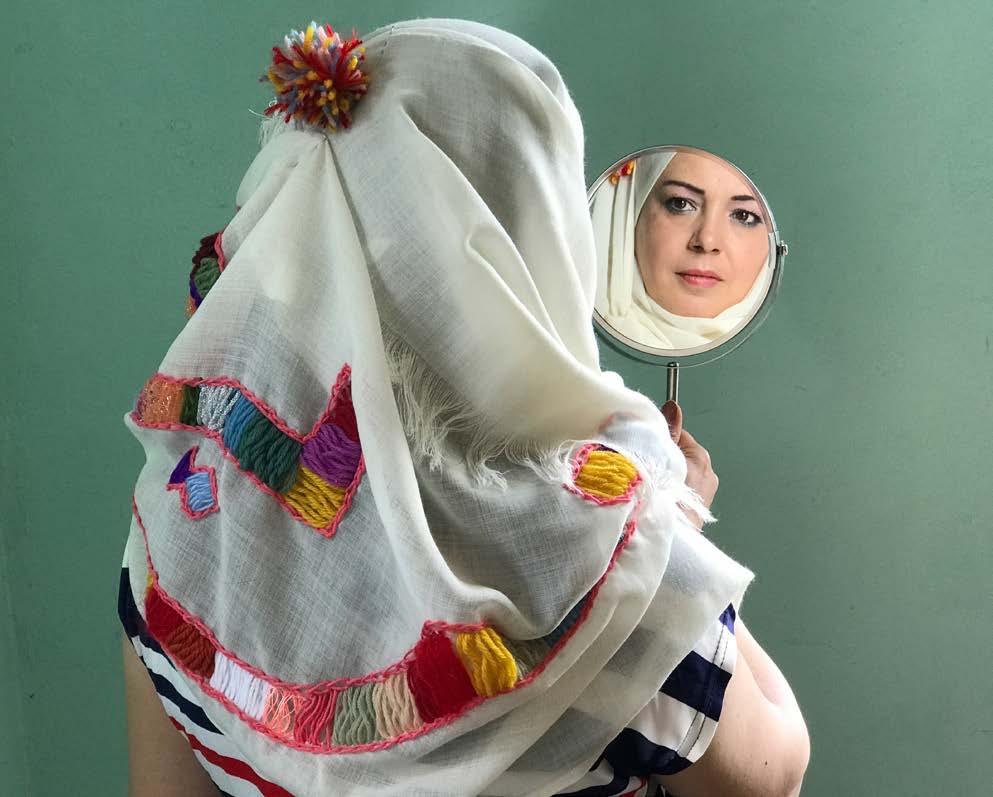
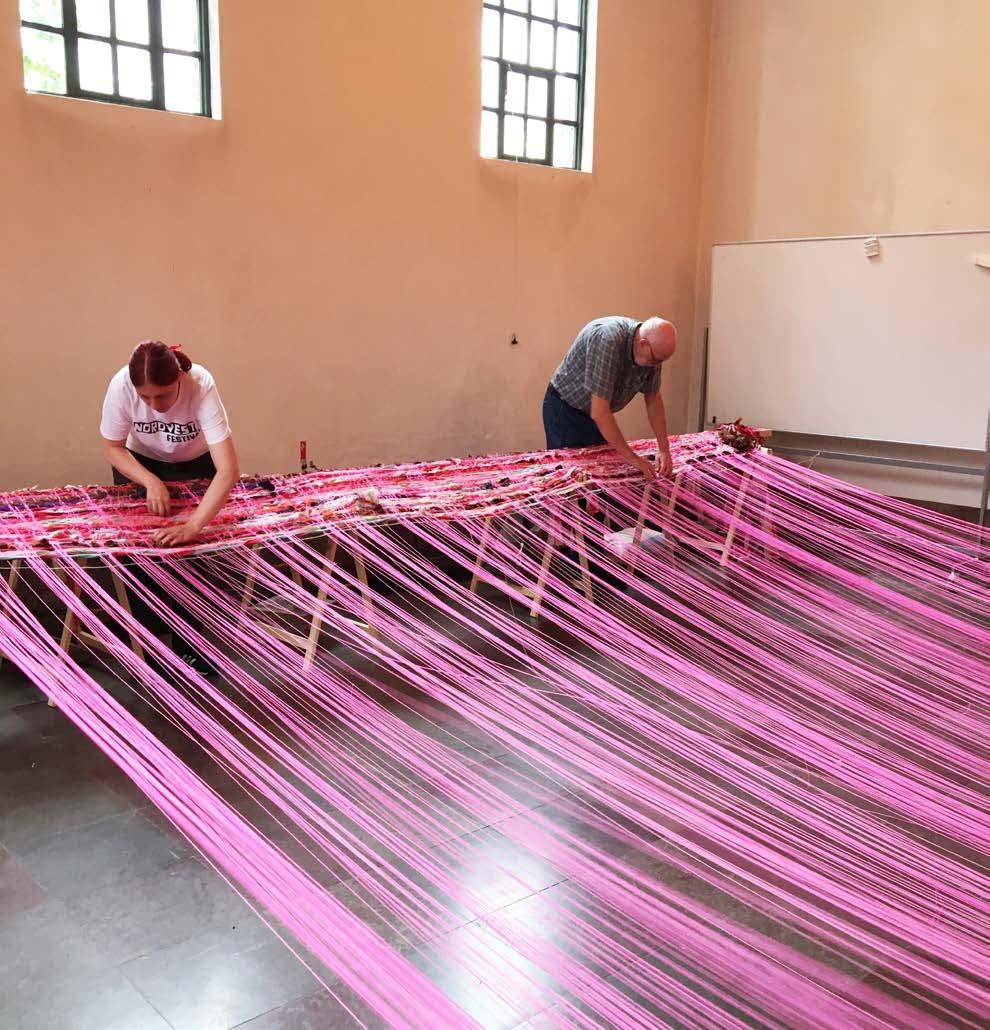

In 2016, the Innovation Fund Denmark (IFD) identified integration as a key challenge for refugees and their host countries and called for a ‘Grand Solution’. The United Nations High Commissioner for Refugees (UNHCR)’s five commitments to women refugees (2001) encourage the meaningful participation and economic empowerment of women. The Centre for Textile Research (CTR) at the University of Copenhagen responded to this call with an innovative idea for welcoming and integrating women refugees which recognises the knowledge, skills and potential they bring.
Government statistics in 2016 showed that most refugees came from Syria and, although there were fewer women than men seeking asylum, their numbers were significant (just over 3,000 in 2015). Of these Syrian women, most were young, aged 20 to 29 years. Nearly 1,000 individuals in this age group arrived in 2015. Many women refugees seek to enter the labour market for the first time on arrival in their new country. There are older women too (approximately 500 women aged 40 to 50 years settled in Denmark in 2015), who were likely to have relevant transferable skills. Refugees rarely carry diplomas and documents proving their competences but nevertheless have knowledge, skills and capacities which are relevant for the Danish design, textiles and fashion industries. The THREAD network aimed to find ways of identifying refugees’ textile-related capacities, encourage them to be creative, build their confidence and showcase their skills.

